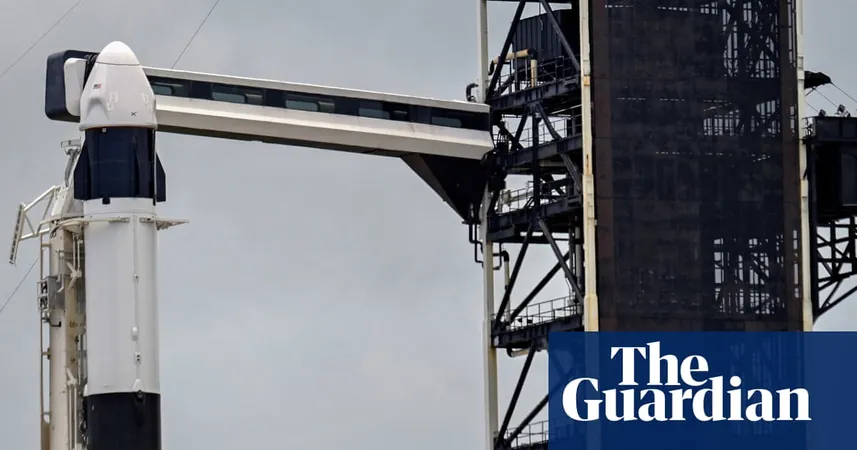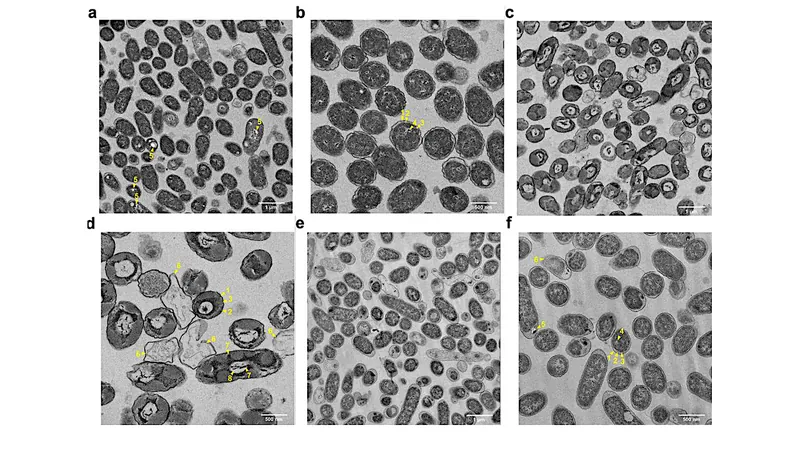
Glaciers: The Silent Witnesses of Fossil Fuel Pollution
2025-04-28
Author: Siti
In a groundbreaking study, researchers reveal how glaciers are serving as crucial indicators of our changing atmosphere, specifically highlighting the impact of fossil fuel pollution. These massive rivers of ice offer a pristine environment where scientists can measure the levels of atmospheric carbon without the interference of soil or vegetation, making them natural laboratories for understanding climate change.
Unlike typical ecosystems, where dissolved organic matter is chiefly derived from plants and soil, glaciers mainly derive their organic carbon from two sources: microbial production and atmospheric deposition. This unique contribution structure means that as glaciers melt, they could divulge significant insights into how human activities are altering carbon cycles worldwide.
A team led by Amy Holt has conducted a fascinating investigation into the dissolved organic matter within the meltwaters of ten glaciers spanning Alaska, Switzerland, Kyrgyzstan, and Ecuador. By analyzing isotope data and molecular composition, the research uncovers a concerning reality: human-induced pollutants have significantly tainted the organic matter in glaciers, with the degree of pollution varying from region to region.
The study reveals that in certain areas, dissolved organic carbon linked to human-induced pollution varies drastically—from 12% to a staggering 91%, with a median value of 50%. Alarmingly, the Alaskan glaciers exhibited the highest levels of fossil fuel carbon in their meltwater, while Ecuador's glaciers showed a greater influence from biomass burning and microbial activity.
By distilling the age and origins of the dissolved organic carbon, researchers were able to decode its isotopic signatures. Younger samples often pointed toward recent wildfire activity or microbial processes occurring on the glacier's surface, whereas older samples suggested a link to ancient carbon reservoirs, predominantly fossil fuels.
This critical research not only sheds light on the complexities of carbon cycles but also emphasizes the significant global implications of fossil fuel pollution in glacial environments. As these ice giants continue to melt, they risk releasing altered carbon profiles that could disrupt ecosystems downstream, ultimately affecting biodiversity and climate dynamics.
The findings, published in Global Biogeochemical Cycles, urge us to recognize glaciers not merely as frozen landscapes, but as vital barometers of our planet’s carbon future. Their decline could signal an escalating crisis fueled by our reliance on fossil fuels.




 Brasil (PT)
Brasil (PT)
 Canada (EN)
Canada (EN)
 Chile (ES)
Chile (ES)
 Česko (CS)
Česko (CS)
 대한민국 (KO)
대한민국 (KO)
 España (ES)
España (ES)
 France (FR)
France (FR)
 Hong Kong (EN)
Hong Kong (EN)
 Italia (IT)
Italia (IT)
 日本 (JA)
日本 (JA)
 Magyarország (HU)
Magyarország (HU)
 Norge (NO)
Norge (NO)
 Polska (PL)
Polska (PL)
 Schweiz (DE)
Schweiz (DE)
 Singapore (EN)
Singapore (EN)
 Sverige (SV)
Sverige (SV)
 Suomi (FI)
Suomi (FI)
 Türkiye (TR)
Türkiye (TR)
 الإمارات العربية المتحدة (AR)
الإمارات العربية المتحدة (AR)